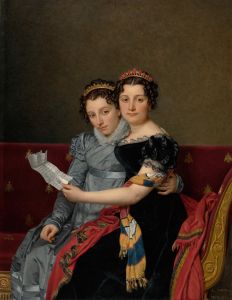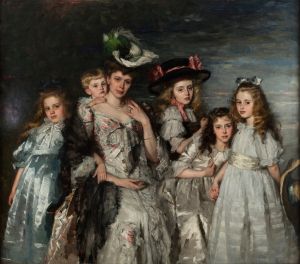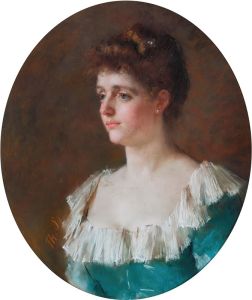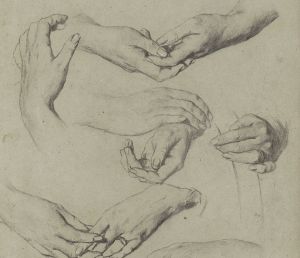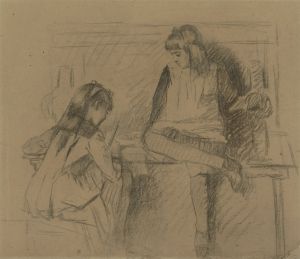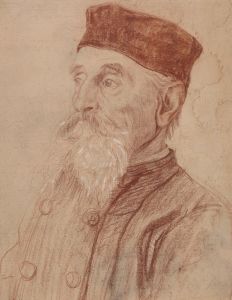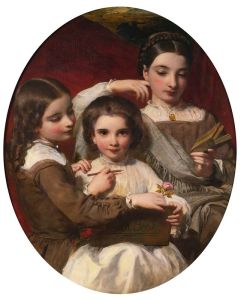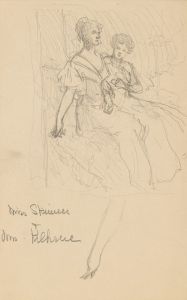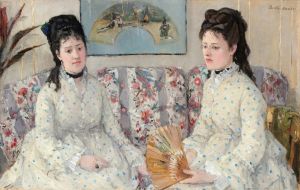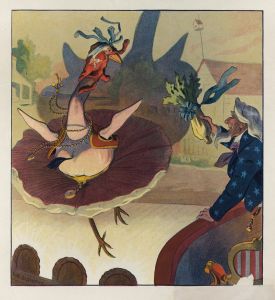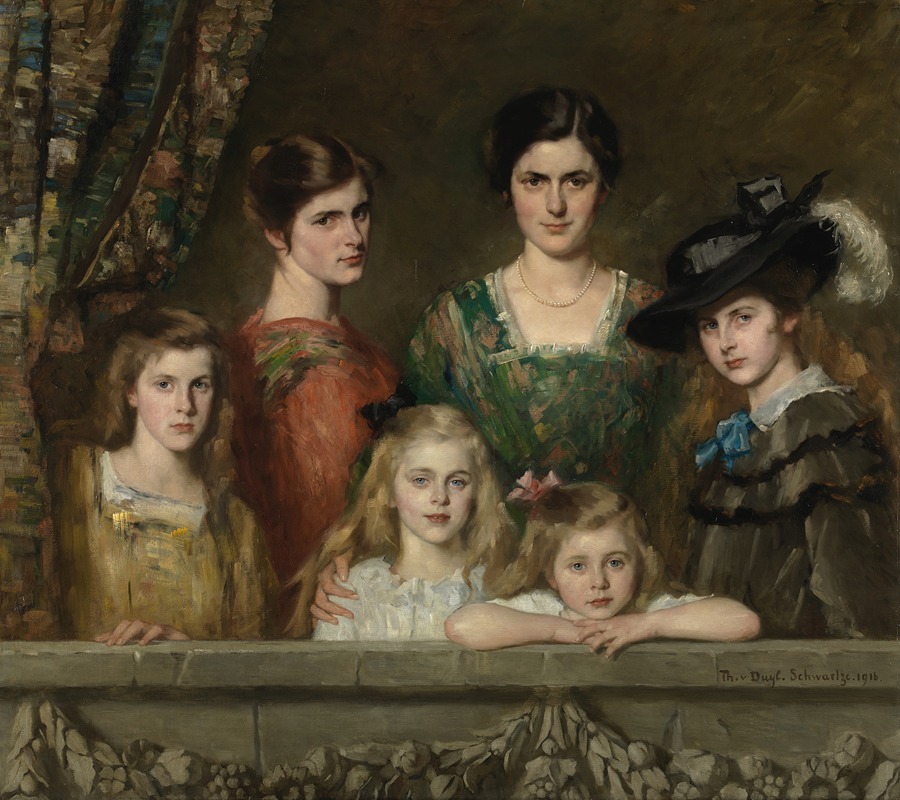
De zes dochters Boissevain
A hand-painted replica of Thérèse Schwartze’s masterpiece De zes dochters Boissevain, meticulously crafted by professional artists to capture the true essence of the original. Each piece is created with museum-quality canvas and rare mineral pigments, carefully painted by experienced artists with delicate brushstrokes and rich, layered colors to perfectly recreate the texture of the original artwork. Unlike machine-printed reproductions, this hand-painted version brings the painting to life, infused with the artist’s emotions and skill in every stroke. Whether for personal collection or home decoration, it instantly elevates the artistic atmosphere of any space.
Thérèse Schwartze's painting "De zes dochters Boissevain" is a notable work of art that captures the likeness of the six daughters of the Boissevain family. Thérèse Schwartze, a prominent Dutch portrait painter, was renowned for her ability to convey the character and status of her subjects through her art. Born in Amsterdam in 1851, Schwartze was trained by her father, Johan Georg Schwartze, and further honed her skills in Munich and Paris, which were significant art centers of the time.
The Boissevain family, for whom this portrait was commissioned, was a well-known and influential family in the Netherlands. The family had connections to various sectors, including business and social reform, which made them prominent figures in Dutch society. The six daughters depicted in the painting were part of this influential family, and the portrait was likely commissioned to capture their likenesses and commemorate their roles within the family and society.
Schwartze's painting style is characterized by its realism and attention to detail, which is evident in "De zes dochters Boissevain." She had a keen ability to capture the textures of fabrics and the subtleties of facial expressions, which brought her subjects to life on the canvas. Her use of light and shadow added depth to her portraits, making them not only representations of physical appearance but also reflections of the subjects' personalities and social standing.
The painting itself is a group portrait, a format that Schwartze was particularly skilled at executing. Group portraits require a delicate balance of composition to ensure that each individual is given prominence while maintaining a cohesive overall image. In "De zes dochters Boissevain," Schwartze successfully arranged the figures to highlight their individuality while also emphasizing their connection as sisters. The composition and arrangement of the daughters in the painting demonstrate Schwartze's mastery in handling complex group dynamics within a single artwork.
Thérèse Schwartze's work, including "De zes dochters Boissevain," is significant in the context of Dutch art history. During a time when female artists were often marginalized, Schwartze achieved considerable success and recognition. She was a member of the Royal Academy of Art in Amsterdam and received numerous commissions from both private patrons and public institutions. Her ability to capture the essence of her subjects made her one of the most sought-after portraitists of her time.
"De zes dochters Boissevain" remains an important piece within Schwartze's oeuvre, reflecting her technical skill and her ability to convey the social context of her subjects. The painting is a testament to her status as a leading portrait artist in the Netherlands during the late 19th and early 20th centuries. Through works like this, Schwartze contributed to the rich tradition of Dutch portraiture, leaving a legacy that continues to be appreciated by art historians and enthusiasts alike.





